A woman of her times?
This And That: The Lost Stories of Emily Carr (Revised and Updated)
by Emily Carr, Ann-Lee Switzer (ed.)
Victoria: TouchWood Editions, 2024
$26 / 9781771514484
Reviewed by Mary Ann Moore
*

Emily Carr (1871–1945) intended to call this collection of stories written in the last two years of her life (1943–1945): Hundreds and Thousands. That title was used though, in 1966, for the publication of selected passages from Carr’s journals.
Ann-Lee Switzer discovered the stories in the BC Archives of the Royal BC Museum in Victoria. Five previously unpublished stories have been added to the collection first published in 2007. Nearly thirty of Carr’s original illustrations are also included.
“Hundreds and Thousands” were “an English kind of candies” that came in blue, pink, red, and yellow. “One single candy would only fill a cavity in your tooth,” Carr wrote, but sprinkled over a cake, they made it a “glory.”
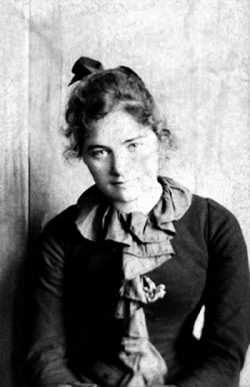
In one of her stories, “Conscience,” Carr tells of stepping onto her father’s wicker office chair, as a child, and then up onto his table’s blotting pad to access the jars of English candies on a sample shelf. He had left Small (Carr’s childhood name for herself) and her sisters to “take charge” while he tended to some business elsewhere.
Carr was recovering from a stroke at Royal Jubilee Hospital in Victoria when she wrote to her editor and friend Ira Dilworth that she had an old exercise book in which she would make jottings “too small to call stories.” As she said of her non-stories: “I have just picked up a few little happenings here and there. Some of the littlest taught me the most, some of the apparent biggest were really insignificant.”
Carr’s memories, magnified she says by old age, are of amusing incidents mostly from her childhood. The majority of the stories take place on the traditional territories of the Lekwungen (Esquimalt and Songhees), Malahat, Pacheedaht, Scia’new, T’Sou-ke and W̱SÁNEĆ (Pauquachin, Tsartlip, Tsawout, and Tseycum) peoples.
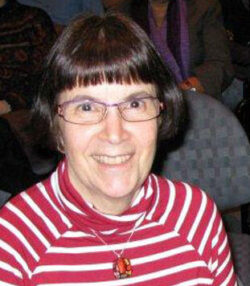
As Switzer points out, Carr invented words if she couldn’t think of a suitable one. Carr’s verb creations include vocalled, tremoloed, side-walked, and hypocritted which she said of a “mock Aunt” she didn’t care for. The creations make the short pieces fun as well as poetic with a phrase describing an empty suitcase in “Small’s First Love and Key” as “holding its own emptiness.”
“Half-breed words” was the term Carr used for her word creations. Perhaps “portmanteau” would be the more apt term to use for the creation of a word “from two that nearly fit.” The term “half-breed” is jarring to read as the disrespectful term never became part of any reclaimed language. The term “queer” though, which Carr also used in her day to describe something odd, has been embraced by the LGBTQ + community.
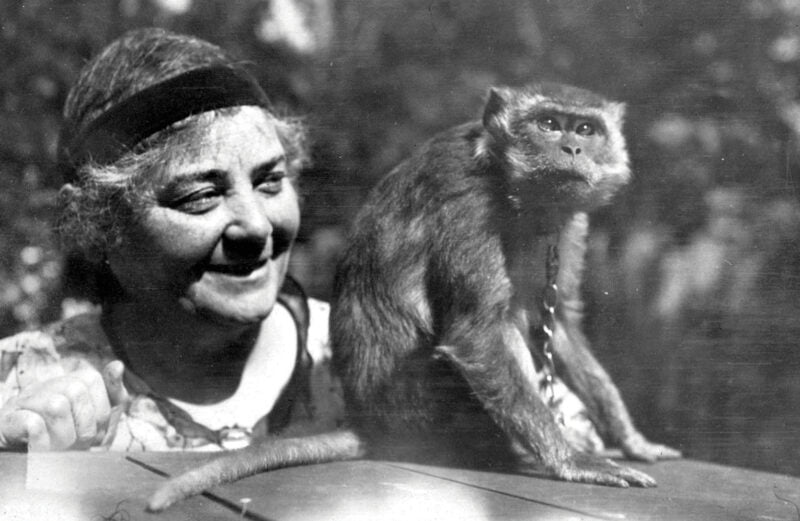
As the publisher, TouchWood Editions, points out in the beginning of the book: “These stories are written from a white settler perspective at the turn of the twentieth century… some of the language that appears in this collection is outdated and inappropriate.”
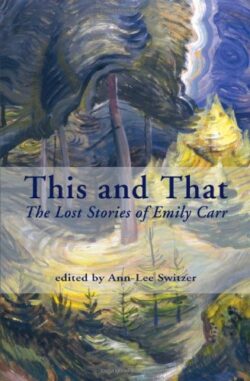
Sometimes Carr wrote her reminiscences in the third person, referring to herself as Small and her sisters as Bigger (Elizabeth), Tallie (Clara), and Elder (Edith). Richard (Dick) was the youngest and only surviving boy in the family. In “Gardens” in which Carr describes “our” old home garden, she wrote of herself: “Small gave up flower growing and established a mud pie bakery.”
Middle’s garden “was more of a cemetery than a flower bed with shallow graves of various creatures buried in shoe boxes, matchboxes and paper bags.” In “Gardens,” Carr also wrote about the living creatures: “the great silver Persian cat,” dogs, puppies and the little monkey Woo who sat in the cherry tree. (One of the stories new to this edition is “Woo Settles the Score.”)
For those of us who know Victoria, it’s fascinating to read of the city’s streets and areas that are familiar to us today. Cadboro Bay, for instance, was four miles from the Carr family home on Government Street: “a long walk for short fat little legs” Carr wrote in “Father and the Moon.”
She notes Beacon Hill, James Bay, Fort Street, and Quadra Street Cemetery in her stories. Moss Street was a favourite. As she wrote in “Smash”: “At that time it was all pure country down to its sea end.” She exercised the old horse Johnny along Moss Street both sides of which “were one tangle of broom bushes and wild roses, which scratched buggies, but colour and scent – oh my!”
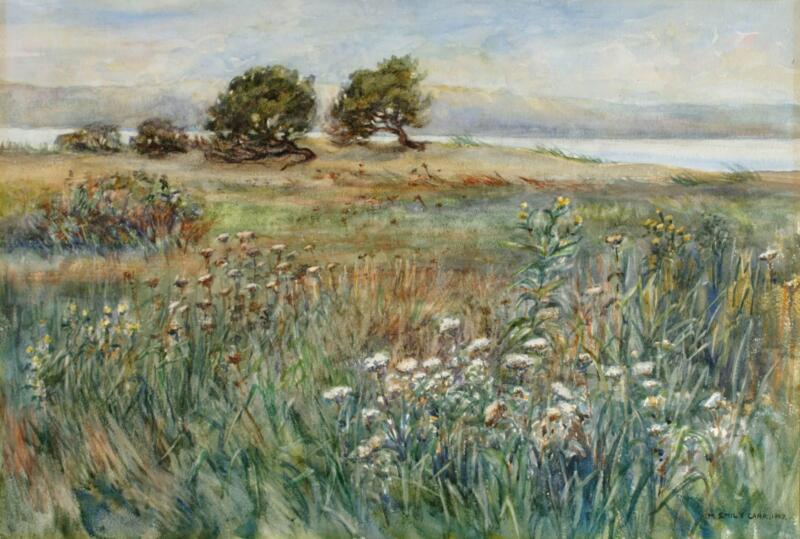
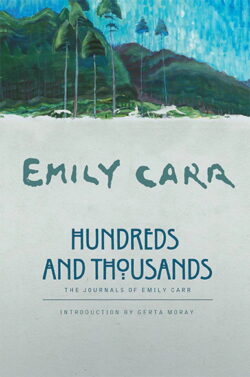
One of Victoria’s streets and another in Vancouver’s Yaletown is named for Carr’s doctor: (John Sebastian) Helmcken. It was Dr. Helmcken who visited Carr’s father to treat his gout as Carr describes in “Father’s Temper.”
Carr admits to being “child snobs” along with her siblings in “Snob Children.” Her mother advised: “Keep aloof, be courteous, be kind but keep aloof. Give all your attention to your books, and don’t mix.” Mrs. Carr considered children from other countries “uncouth.” Mr. Carr’s reaction was: “This is the New World.”
In “Nootka Had a Hotel,” Carr is staying at the Nootka Hotel on B.C.’s coast where there is a nearby fish cannery and people of various ethnicities who work there. When painting in the forest, a Russian man “in halting broken English” is surprised to find her there. (The Nuu-cha-nulth people were formerly referred to as Nootka.)
She writes in a couple of her stories about visiting Hlg̱aagilda (Skidegate) on Haida Gwaii (formerly the Queen Charlotte Islands). In “Prayers and Pickles,” a missionary, Brother Gow, is so exuberant in leading the visitors to “Mrs. Fraser’s hotel” in prayer, that he pounds the table causing open pickle jars to jump with the biggest one overturning with a “rush of vinegar, onions and baby cucumbers” spilling onto the oilcloth.
In the final story, “Hoarding for Old Age,” Carr reflects on the “rememberings” of the many places she had the chance to visit. “Though I really had no idea how much these hoardings were going to help my old age, nor how much they now enriched my life during the years I was hoarding for my oldness.”
Emily Carr is known primarily for her visual art and was one of the non-Indigenous artists portraying First Nations villages, artifacts, and sacred ceremonies believing they were preserving a culture, in the aspects and fragments they chose, that needed to be “saved.” TouchWood Editions “is committed to rejecting the narrative of vanishing Indigenous cultures and striving to establish right relations with living Indigenous communities today.” We’ve learned a lot in 80 years. May we continue to do so.
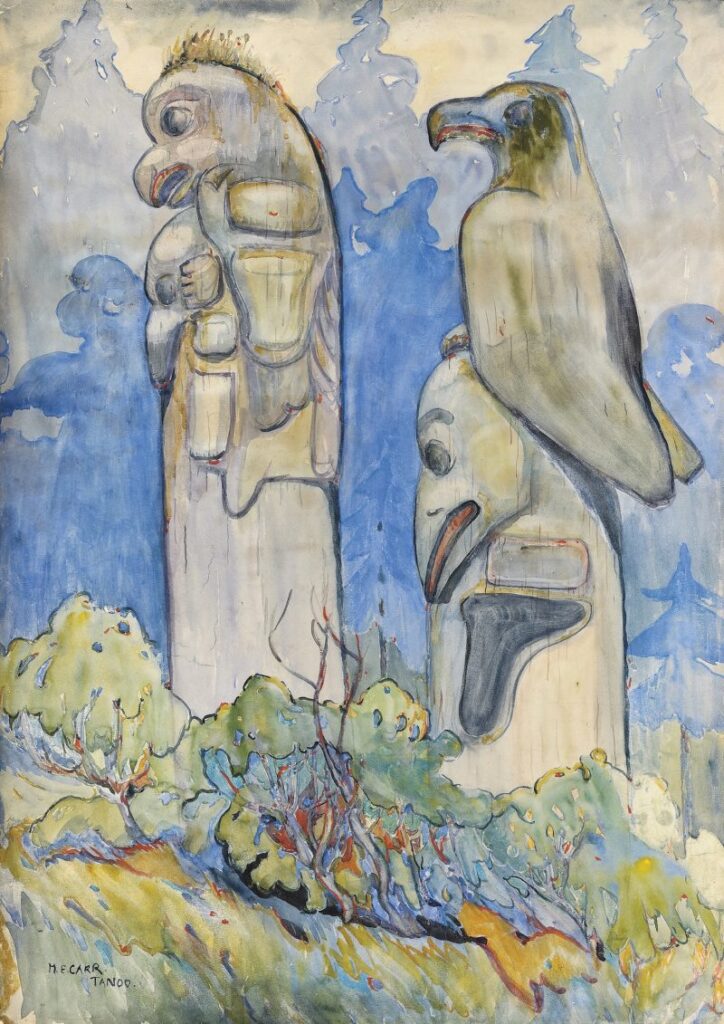
*
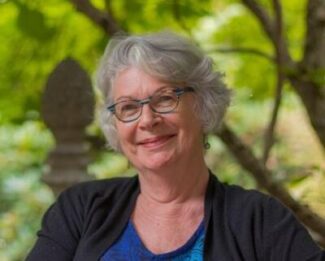
Mary Ann Moore is a poet, writer, and writing mentor who lives on the unceded lands of the Snuneymuxw First Nation in Nanaimo. Her new chapbook of poems is titled Mending (house of appleton). Moore leads writing circles and has two writing resources: Writing to Map Your Spiritual Journey (International Association for Journal Writing) and Writing Home: A Whole Life Practice (Flying Mermaids Studio). [Editor’s note: Mary Ann Moore has also reviewed books by Aislinn Hunter (ed.), Emma FitzGerald, Susan Alexander & Lorraine Gane, Judy LeBlanc, Kayla Czaga, and Christine Lowther for The British Columbia Review.]
*
The British Columbia Review
Interim Editors, 2023-26: Trevor Marc Hughes (non-fiction), Brett Josef Grubisic (fiction)
Publisher: Richard Mackie
Formerly The Ormsby Review, The British Columbia Review is an on-line book review and journal service for BC writers and readers. The Advisory Board now consists of Jean Barman, Wade Davis, Robin Fisher, Barry Gough, Hugh Johnston, Kathy Mezei, Patricia Roy, and Graeme Wynn. Provincial Government Patron (since September 2018): Creative BC. Honorary Patron: Yosef Wosk. Scholarly Patron: SFU Graduate Liberal Studies. The British Columbia Review was founded in 2016 by Richard Mackie and Alan Twigg.
“Only connect.” – E.M. Forster
One comment on “A woman of her times?”